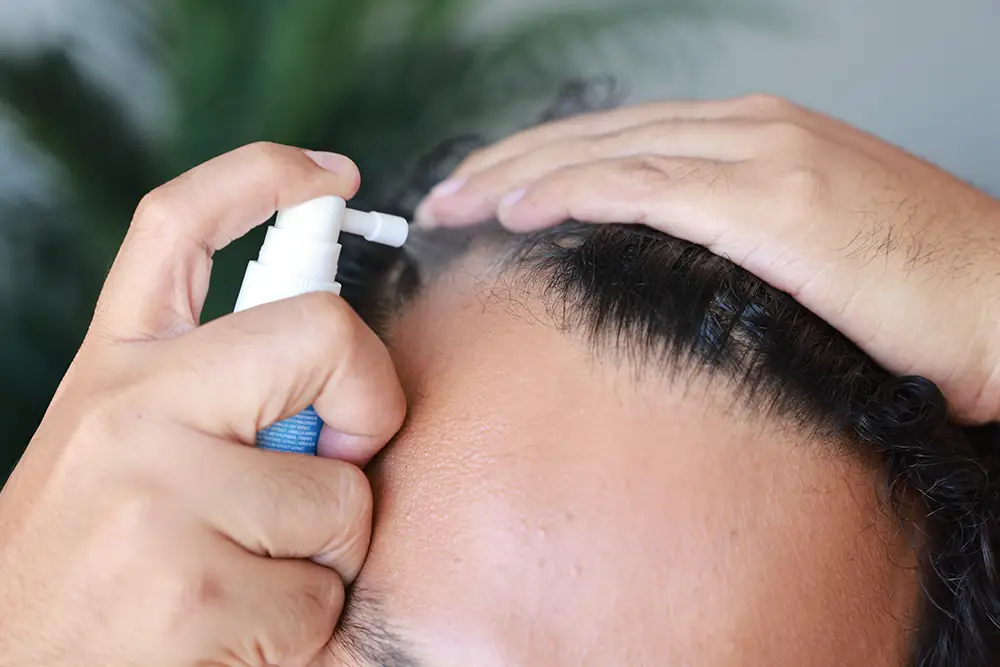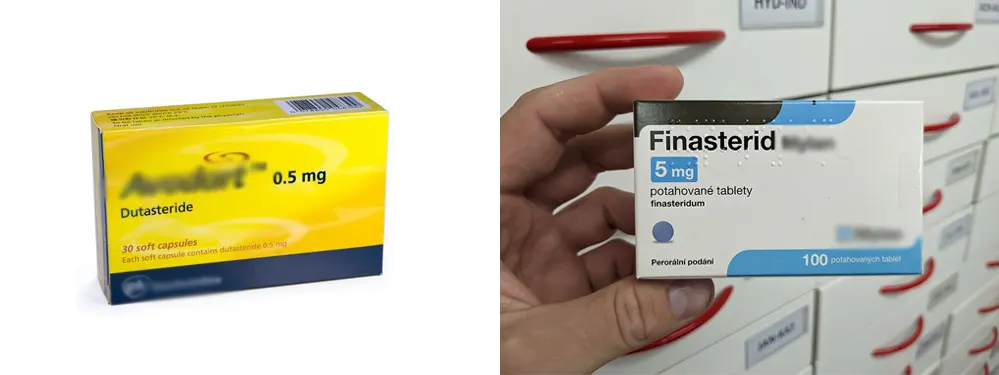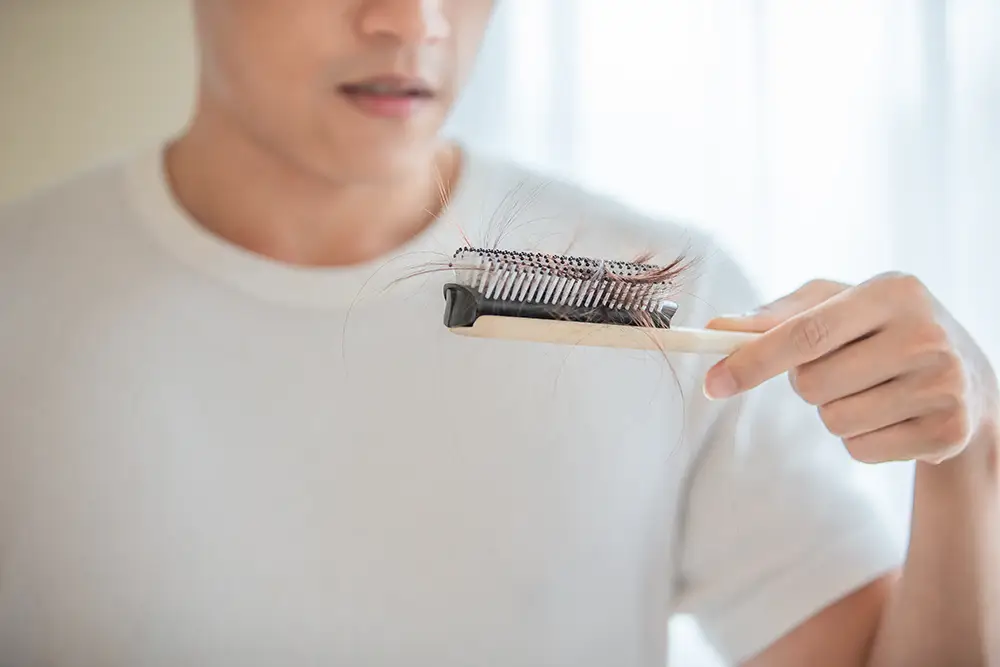Dutasteride for hair loss[vc_row equal_height="yes" pix_particles_check=""][vc_column width="1/4" content_align="text-center"][pix_team_member_circle name_bold="font-weight-bold" name_color="heading-default" name_size="h5" bold="" title_color="secondary" outer_border="1" color="primary-light" items="%5B%7B%22icon%22%3A%22pixicon-facebook3%22%2C%22item_link%22%3A%22https%3A%2F%2Ffacebook.com%2Fdremrahcinik%22%2C%22target%22%3A%22true%22%2C%22has_color%22%3A%22true%22%2C%22item_color%22%3A%22secondary%22%2C%22item_custom_color%22%3A%22%23333333%22%7D%2C%7B%22icon%22%3A%22pixicon-instagram2%22%2C%22item_link%22%3A%22https%3A%2F%2Finstagram.com%2Fdr.emrahcinik%22%2C%22target%22%3A%22true%22%2C%22has_color%22%3A%22true%22%2C%22item_color%22%3A%22primary%22%2C%22item_custom_color%22%3A%22%23333333%22%7D%2C%7B%22icon%22%3A%22pixicon-youtube3%22%2C%22item_link%22%3A%22https%3A%2F%2Fyoutube.com%2FDrEmrahCinik%22%2C%22target%22%3A%22true%22%2C%22has_color%22%3A%22true%22%2C%22item_color%22%3A%22red%22%2C%22item_custom_color%22%3A%22%23333333%22%7D%5D" name="DR. Emrah CINIK" title="Medical Doctor" image="52"][alertblock secondary_font="secondary-font"...: How well does it work? This question is gaining relevance as more patients consider this medication for the treatment of male pattern baldness. Dutasteride was previously known as a treatment for benign prostatic hyperplasia (BPH). It is able to treat hair loss by targeting dihydrotestosterone (DHT), a hormone known to shrink hair follicles.
When the conversion of testosterone to DHT is inhibited, hair thinning can slow down, and in some cases promote regrowth. Dutasteride is not FDA-approved for hair loss in the US, but it is used off-label, and studies, as well as practical experience, have shown it to be more effective than Finasteride, a well-known treatment for hair loss.
In this article we will discuss the mechanism of Dutasteride for treating hair loss, its efficacy relative to other treatments, and the side effects associated with it. We will also discuss how Dutasteride can be used safely in conjunction with other therapies, including Minoxidil and Finasteride, to enhance outcomes for patients experiencing hair thinning.
Whether you are contemplating Dutasteride as a first-line treatment or are considering it when other therapies have failed, it is essential to understand the benefits and limitations to enable the most effective use.
Join us as we take a closer look at how Dutasteride works and whether it could be a game-changer for your hair!
What Is Dutasteride Used for?
Dutasteride is a medication primarily used to treat benign prostatic hyperplasia (BPH), which is an enlargement of the prostate gland that is not due to cancer. The prostate gland enlarges, and the pressing of the urethra may create urinary problems. Dutasteride improves BPH symptoms, lowers the chance of sudden urinary retention, and decreases the chances of requiring surgery on the prostate.
Dutasteride belongs to a class of medications known as 5-alpha-reductase inhibitors. Here’s the thing: it works by blocking an enzyme called 5-alpha-reductase (5AR). The 5-alpha-reductase enzyme converts testosterone to dihydrotestosterone (DHT). DHT is a potent androgen hormone that plays a key role in both prostate gland enlargement and male pattern hair loss (androgenetic alopecia).
Types of Dutasteride
There are mainly two types of Dutasteride as detailed below:
Oral Dutasteride

Oral Dutasteride is usually taken in 0.5 mg capsules and is a popular treatment for androgenetic alopecia (AGA). It repeatedly shows improved hair growth when compared to oral Finasteride, for example, when utilizing those studies. A larger study with 600 men found that Dutasteride (0.5 mg) helped increase hair growth than finasteride (1 mg), with similar side effects. Other studies found that Dutasteride increased hair count significantly in 24 weeks.
Topical Dutasteride

Topical Dutasteride is used less, bought as a liquid, and compounded by pharmacies. Some studies couple topical Dutasteride with microneedling, which is shown to produce superior results compared to topical Dutasteride.
For example, in a 2022 study of men with AGA, it found that when using microneedling and 0.01% Dutasteride together, 53% of men significantly improved their hair growth compared to 17% using microneedling and a placebo. Yet, topical Dutasteride is shown to be absorbed less by the scalp when used alone; therefore, it gives better results when combined with an adjunctive treatment such as microneedling.
In sum, oral Dutasteride is proven to be safe and effective for hair loss, likely more effective than Finasteride. Topical Dutasteride shows promise when combined with other treatments like microneedling. Both oral and topical Dutasteride can be promising treatments for hair loss, with oral Dutasteride used more frequently and studied more extensively.
Dutasteride for Hair Loss: How Does It Work?
As we mentioned before, Dutasteride aids hair loss because, in many cases, it addresses the underlying cause: dihydrotestosterone (DHT). You won’t believe it, but DHT is responsible for shrinking hair follicles in individuals with a family history of androgenetic alopecia (male pattern baldness), and dutasteride inhibits the enzyme 5-alpha-reductase that converts testosterone to DHT.
So, what does that mean for addressing your hair loss issue?
By reducing DHT levels in the body by over 90%, Dutasteride helps inhibit further miniaturization of hair follicles and, potentially, allows the follicles to produce healthier, thicker hair. Several clinical studies and large reviews confirm that Dutasteride does help increase total hair count and improve visible hair density, particularly with consistent use over time.
With all that said, Dutasteride is not FDA-approved for hair loss in the U.S., but it is in places such as South Korea, Japan, and Taiwan. It is usually taken orally in low daily doses of 0.5 mg, and it can take several months for results to become significant.
Dutasteride is not magic, however, it can be a strong option for well-qualified candidates looking to manage hair thinning and focus on long-term scalp health.
Don’t give up after a few weeks. Real results take time!
How Should You Take Dutasteride?
You might have heard this phrase before: You should take Dutasteride exactly as your doctor tells you to. It is typically taken one time each day, at the same time each day, with or without food. Swallow the capsule whole; do not crush, chew, break, or open it. It may take up to 6 months or longer to achieve the full benefit, so do not stop using Dutasteride without checking with your doctor.
Your doctor will determine how long you will need to be treated with Dutasteride, and he will also ask you to have regular medical tests to check your progress. Store Dutasteride at room temperature and away from moisture, heat, and light. And don’t forget to keep the bottle tightly closed when you are not using it.
Who Should Not Take Dutasteride?
According to Dr. Emrah Cinik, our hair transplantHair transplantation is a surgical procedure that involves the extraction of hair follicles from a designated donor site, followed by... expert at Dr. Cinik, “You shouldn’t be using Dutasteride if you have strong allergic reactions to any 5-alpha-reductase inhibitors (for example, Finasteride) or any of the ingredients of the individual product.”
“Also, pregnant women or those who may get pregnant shouldn’t use Dutasteride. If a woman becomes pregnant while taking Dutasteride, then she should call their healthcare professional as soon as possible,” he further explained
To be safe, if you are unsure about your possibility of allergens or risks associated with Dutasteride, always check with your pharmacist or any healthcare professional.
Dutasteride Dosage for Hair Loss
Here’s the thing: When using Dutasteride for hair loss, the dosage and form will depend on the way your doctor recommends using Dutasteride.
Oral Dutasteride: For hair loss, many hair restoration specialists use Dutasteride off-label or off formulary; many prescribe twice-weekly use, a common schedule of treatment, much like a topical. This reduced spacing takes advantage of oral Dutasteride’s long half-life.
Topical Dutasteride: Topical Dutasteride is available in liquid formulations typically ranging from 0.1% to 0.3% and is applied directly to the scalp to target hair loss. While oral Dutasteride is commonly used off-label for hair loss, the topical form offers a more localized treatment approach..
Although you might already know this, it’s important to remember that, to ensure effective and safe treatment of your hair loss, it is always best to follow your doctor’s orders.
What Happens If I Miss a Dose of Dutasteride?
If you miss a dose of Dutasteride, take the medicine as soon as possible, but skip the missed dose if it is almost time for your next scheduled dose. Do not take two doses at once.
What Happens If I Overdose on Dutasteride?
If you believe you may have taken too much Dutasteride, please check with your doctor or go to the nearest urgent medical center. Just like any medication, be sure to take your Dutasteride both consistently and as prescribed. Do not “push the envelope” in regard to dose or speed up results without your doctor’s clear advice.
What Should You Avoid While Taking Dutasteride?
Do not donate blood while you are taking Dutasteride and for at least 6 months after the end of treatment. Dutasteride is carried in the blood, and there is a possibility that a woman who is pregnant could have birth defects if blood containing Dutasteride is transferred to her, so you need to be careful!
What Other Drugs Will Affect Dutasteride?
In some cases, it may be unsafe to use certain medications at the same time. Some drugs may alter how much of another medication stays in your bloodstream. This can increase the side effects of the medications or decrease their effectiveness
This may include other drugs that may affect Dutasteride prescription and over-the-counter medications, vitamins, and herbal products. Tell your doctor about all medications you are taking and any medications you start or stop taking.
How Effective Is Dutasteride for Hair Loss?
On the effectiveness of Dutasteride for hair loss, Dr. Cinik pointed out, “The truth is: Dutasteride is a potent medication for the treatment of hair loss, especially as a second-line treatment after Finasteride has failed. It works by lowering dihydrotestosterone (DHT) levels, which is a hormone responsible for male pattern baldness.”
“Research has shown that Dutasteride lowers DHT levels as much as 90%, which is significantly more than Finasteride’s 70% decrease. Therefore, dutasteride is a strong 5-alpha reductase inhibitor, which means that it provides a stronger effect on hair growth,” he further elaborated.
Moreover, there has been some research published on Dutasteride. For example, research has shown that Dutasteride could improve hair density and coverage even in men with significant hair loss. A 2019 meta-analysis highlighted previous literature showing that, in terms of an increase in total hair count, Dutasteride was superior to Finasteride. Additionally, research also shows that if Dutasteride were applied topically, it might have an even stronger effect as it would provide a higher concentration of Dutasteride directly to the hair follicles.
Dr. Cinik continues, “While promising, experts say that Dutasteride for some it might be a game-changer, but for others, not so much. However, for patients who are seeking further support, using it in combination with other treatments, such as Minoxidil or Finasteride, could be a better option to stop hair loss and potentially stimulate hair growth.”
Dutasteride vs Finasteride

Finasteride and Dutasteride both treat hair loss by reducing the DHT hormone that causes male pattern baldness. Nevertheless:
- Dutasteride blocks two types of the enzyme (5-alpha reductase types I and II), while finasteride only blocks type II.
- This means Dutasteride is better at lowering DHT. Dutasteride can reduce DHT in the body by up to 90%, while Finasteride can achieve around a 70% reduction.
- Dutasteride is regularly used off-label for hair loss when Finasteride does not work.
- Finasteride is FDA-approved for the treatment of hair loss in the United States, and Dutasteride has also been approved for this use, in countries such as Japan and South Korea.
- Both drugs are available in oral tablets, and topical formulations have been mentioned (the topical forms are being studied to reduce side effects).
The bottom line is that Dutasteride is a stronger and more potent agent than finasteride, but finasteride is the more widely available and approved treatment for hair loss in several countries.
Dutasteride vs Minoxidil
Both Dutasteride and Minoxidil are used to treat hair loss, but they work in completely different ways:
- Dutasteride is a prescription medication taken orally that treats the underlying hormonal cause of hair loss, which works by blocking DHT (dihydrotestosterone).
- Minoxidil is an over-the-counter treatment that can be taken orally or topically, which stimulates hair growth by increasing blood flow to the hair follicles.
- Minoxidil does not affect hormones and promotes hair growth regardless of DHT levels.
- Dutasteride is prescribed most commonly for male pattern hair loss and is effective in advanced cases.
- Minoxidil is generally approved for both men and women, and it is used most often in patients with thinning hair at an early stage.
- Dutasteride is administered orally, more than topically
- Minoxidil is administered as a topical foam or solution, and there are oral tablets for Minoxidil which some doctors prescribe off-label.
- Minoxidil is FDA-approved for hair regrowth in the U.S., unlike Dutasteride.
The bottom line is that Dutasteride treats the hormonal cause of hair loss while Minoxidil doesn’t affect hormones.
How Long Does Dutasteride Take to Work for Hair Loss?
If you’ve just started using Dutasteride for hair loss, you’ll probably be interested to know when you might start to see results. Generally speaking, after three to six months of use, you might begin to notice some improvement. So, you might need a bit of patience (and a lot of consistency).
Some initial shedding can occur in the first few months, which can be disconcerting, but it’s usually temporary. Your hair has a natural cycle, and weaker, miniaturized hairs are replaced by stronger hairs. Not everyone has the same experience, and the results of Dutasteride will be different for everyone; therefore, it’s important to continue using the medication.
Remember: It may take a little experimenting to find what works for you.
What Are the Side Effects of Dutasteride?
Some males may experience mild side effects related to Dutasteride, particularly related to sexual function. Examples include:
- Problems getting an erection or keeping an erection
- Reduced libido (sex drive)
- Ejaculation problems (for example, delayed ejaculation or no ejaculation)
- Breast tenderness or enlarged breast tissue in males.
Serious reactions are rare but may require immediate medical treatment:
Allergic reactions – Contact a doctor or get medical attention if you have allergies, including symptoms such as:
- Difficulty breathing or swallowing
- Swelling of your face, lips, or throat
- Skin rash, redness, itching, or hives
- Dizziness or fainting
- Possible risk of high-grade prostate cancer
Dutasteride may carry a possible increased risk of developing a fast-growing, high-grade, aggressive form of prostate cancer. Be sure to speak with your doctor if you notice any of the concerning symptoms below and undergo regular prostate screenings.
- Problems with urinating or painful urination
- Blood in urine or semen
- Pains in the lower back, pelvis, or hips that don’t go away
- Unexplained weight loss
Combining Dutasteride With Other Treatments for Hair Loss
Let’s return to this question: Dutasteride for Hair Loss: How Well Does It Work? It’s worth noting that using Dutasteride with other treatments can further improve its effectiveness, especially in people who are not seeing satisfactory results from individual therapies. Combining Dutasteride with Finasteride or with Minoxidil is sometimes used to improve regrowth and decrease hair loss.
Dutasteride and Finasteride
In some cases, using Dutasteride with Finasteride may provide some enhancement for hair regrowth, particularly when Finasteride results alone start to plateau. In one case report, the patient reported a prominent increase in hair density when switching from Finasteride to a low dose of Dutasteride (0.5 mg/week) after they had been on Finasteride for four years.
That said, there is little research showing this combination would be a standard method of treatment, and it is not typically advised for most men. If you are a patient who is unhappy with your results after using Finasteride, switching from Finasteride to Dutasteride is often a more sensible and efficacious option if treatment is not providing any results.
The bottom line is that if you are considering the use of both medications, it is really important that you speak with a hair loss specialist. They will be able to assess how you have responded to treatment thus far and design recommendations based on your hair loss pattern and your destination.
Dutasteride and Minoxidil
A case report recently published has shown the efficacy of a combination of oral Minoxidil (0.5 mg BID) and Dutasteride (0.5 mg, every other day) for the treatment of advanced male pattern hair loss (Grade 5). The patient had previously been treated with topical Minoxidil, which had produced very little in the way of results. Nevertheless, within 1 month of initiating the new therapy, the patient noted a visible improvement in hair density, and over a period of approximately 3 months, regrowth was marked. There were no significant side effects, only mild facial hair (hypertrichosis), which the patient found tolerable.
This combination acts through two mechanisms of reducing hair loss: Minoxidil enhances blood flow and stimulates hair follicles, while Dutasteride markedly reduces DHT, the hormone most responsible for follicle shrinkage. The treatment seems to be reasonably safe and effective in healthy individuals, but because it is off-label and there is little supporting evidence, further larger studies should be performed to determine long-term efficacy and safety.
Read more: Exosome Hair Therapy: It Is Time to Say Farewell to Your Hair Loss!
The Conclusion of Dutasteride for Hair Loss: How Well Does It Work?
Dutasteride for Hair Loss: How Well Does It Work? While the medication shows considerable promise in treating hair loss by significantly reducing DHT levels, its off-label use for hair restoration remains under further study. Although not FDA-approved for this purpose in the U.S., Dutasteride is proving to be a potent alternative for those who haven’t found success with other treatments like Finasteride.
Its ability to block DHT more effectively makes it a strong option for those struggling with male pattern baldness, particularly in advanced cases. That being said, it’s important to consult with a healthcare provider to determine if Dutasteride is the right choice for you, taking into account your specific needs, potential side effects, and any possible interactions with other treatments.
FAQs
Will Dutasteride Regrow Hair?
Dutasteride can not regrow hair in areas where follicles are inactive. If you have recession into the temple area (the typical m-shaped hairline), then Dutasteride will just slow signs of further balding. It can’t regrow your hair once it has become dormant.
Which Is Better, Minoxidil or Dutasteride?
Dutasteride is a stronger version of Finasteride and could be more effective for those with advanced loss of hair but has more side effects. Minoxidil is a great option for men and women with less systemic side effects but needs to be applied consistently.
How Long Should I Take Dutasteride for Hair Loss?
In general, Dutasteride has a high success rate in treating hair loss, with many studies reporting a significant increase in hair count and density. Clinical trials have shown that nearly 90% of men who take Dutasteride will experience some form of hair regrowth or stabilization of hair loss after taking Dutasteride for 6 to 12 months.
Is It Safe to Take Dutasteride for Hair Loss?
Dutasteride is considered safe for treating hair loss, but some common side effects can occur. These include decreased libido, erectile dysfunction, and breast tenderness. While serious side effects are rare, they can occur, such as severe allergic reactions or greater risk of prostate cancer. Pregnant women or those who may become pregnant should avoid taking Dutasteride because of the risk of major birth defects.
Is Dutasteride three Times a Week Enough?
Dutasteride capsules for hair loss are typically prescribed off-label using a dose of one 0.5mg capsule taken once daily. However, many hair loss sufferers see successful outcomes using Dutasteride three times a week.
Why Is Dutasteride Not Approved for Hair Loss?
There haven’t been enough studies on Dutasteride for hair loss to provide sufficient evidence for the FDA to approve it as a treatment for this condition.

